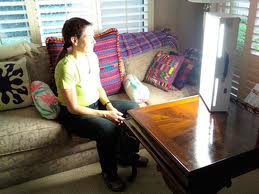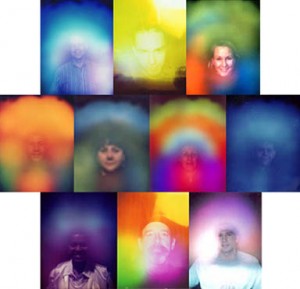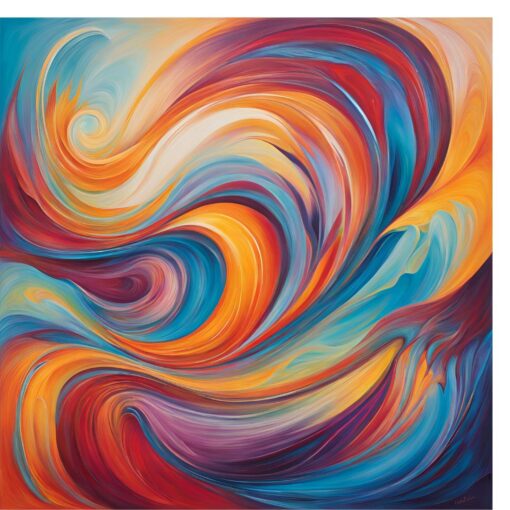 Winter in Portland means we’re in for quite of bit of rain and overcast skies and that usually translates to the winter blues around these parts, if not full-blown Seasonal Affective Disorder (SAD). This year our super cold snap started sooner than most, which means we may be in for an extended bout of the winter doldrums. Coupled with post-holiday let down and the pressures of freshly chosen and far-reaching annual goals and it this could be a recipe for a debilitating downward spiral.
Winter in Portland means we’re in for quite of bit of rain and overcast skies and that usually translates to the winter blues around these parts, if not full-blown Seasonal Affective Disorder (SAD). This year our super cold snap started sooner than most, which means we may be in for an extended bout of the winter doldrums. Coupled with post-holiday let down and the pressures of freshly chosen and far-reaching annual goals and it this could be a recipe for a debilitating downward spiral.
But not if you take precautions, planning to avoid the worst — while hoping for the best. Armed with a little helpful information and a proactive attitude you can make this winter one of the best ever!
What is SAD?
Seasonal Affective Disorder or SAD is a cyclic form of depression that occurs between September and April but most typically during the winter months of December, January and February. The American Academy of Family Physicians (AAFP), estimates that 4-6% of Americans experience SAD and that 10-20% of Americans suffer from a milder version of SAD, more commonly known as the winter blues or sub-syndromal SAD. It is thought to be caused by a biochemical imbalance in the hypothalamus due to the shortening of daylight hours and the lack of sunlight in winter.
Anyone can experience SAD, but women appear to be more affected than most, as are those who are between the ages of 18-30, those living in the Northern and Southern hemispheres farther than 30 degrees from the equator and those who already suffer from depression. In fact, women comprise 60-90% of persons with SAD according to the University of Minnesota Duluth.
Signs and Symptoms of SAD
Winter Blues and SAD come on gradually, and it is fairly common for those experiencing the phenomenon to be somewhat unaware that their change in emotions may be due to this disorder. If you typically experience three or more of the following symptoms during winter’s darkest months, you may be suffering from SAD.
- Depression, including feelings of hopelessness, sadness, anxiety, and in severe cases thoughts of suicide
- Bleak future outlook
- Fatigue or decrease in energy (especially, sleeping more)
- Difficulty concentrating
- Feeling unmotivated
- Memory issues
- Loss of interest in sexual activity and other pursuits you normally enjoy
- Changes in appetite including cravings for sweets and carbohydrates
- Weight gain
- Changes in sleeping patterns
- Irritability and troubling dealing with stress. Sudden, inexplicable fluctuations in mood
- Avoidance of social situations.
Tips to Combat SAD
According to NOSAD, if you’ve experienced two consecutive winters of the above symptoms, you may be officially diagnosed with SAD. In milder cases, symptoms may focus more on sleeping and eating problems and less on severe depression. Here are some tips to help you pump up your overall health and combat SAD:
- Exercise regularly — nothing beats the blues quite like movement.
- Eat plenty of healthful foods, especially fresh veggies and fruit. Including those that contain tryptophan like turkey, spinach, bananas, seafood, milk, and egg whites, which can help lift your mood.
- Try light therapy, by using a light box. Just a 3o minute daily dose has been shown to be an effective method for treating SAD. The minimum dose of light necessary to combat SAD is 2500 lux, or ten times greater than that of light provided by ordinary light bulbs in homes and offices. Light boxes imitate natural light and are used each day during the winter months (usually in the morning). To learn more about light boxes and how to obtain one, check out the Mayo Clinic’s article on treatments for SAD.
- Drop the caffeine and the alcohol — these can dump your mood on its bum. Better to drink liquids that boost your mood like those you can juice. New research shows that fresh fruits and veggies help us feel calmer, happier and more energetic. For best results, the study suggests you need to consume approximately seven to eight half-cup servings of fruits and vegetables per day — easily achievable if you whip up a smoothie or juice with combinations of the good stuff.
- Drink water. We always push this. Water is what you are, everything works better when you’re hydrated — DO IT!
- Keep your sleep schedule, sleeping and waking at the same times and making sure to get adequate rest but not overdoing it.
- Get natural light, as much as possible. Don’t let the rain stop you. Every bit of time you spend outdoors helps your disposition and your health. Also, keep curtains and shades open during the day to bring in as much light as possible
- Keep things as simple and stress-free as possible.
- Do things that revitalize you in these bleak winter months like taking time with friends, getting a massage, having supportive energy work done, and use brightening and invigorating essential oils and scents in your home like orange, other citrus and clove to enliven your environment.
- If you can, take vacation during this time of year and make sure to go to a warm climate to get a boost that will help even when you return.
- If you still need professional intervention to help you in your battle with SAD, contact a licensed mental health care professional or the National Organization for the Seasonal Affective Disorder (NOSAD).
Happy Winter!





